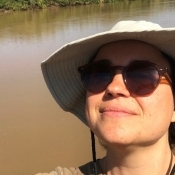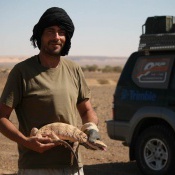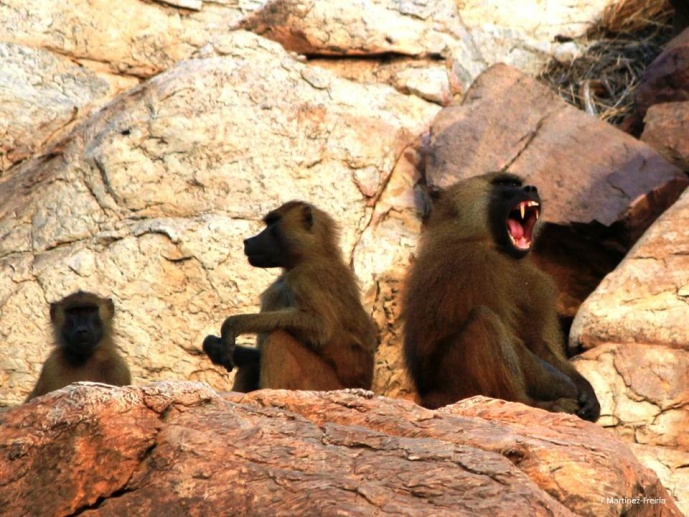Modelling Guinea baboon gene flow in the entire distribution range to improve local conservation management
Gene flow is key for the long-term persistence of species, especially for the ones with a fragmented distribution, for which the area of suitable habitat and quality has been recently reduced. Maintaining gene flow between populations is important to prevent reproductive isolation, which may promote inbreeding given that matting choices may be limited to kin in isolated populations. Isolation may result in a decline of genetic variation within habitat fragments though the fixation or loss of alleles and accumulation of deleterious mutations. The persistence of animal species in fragmented landscapes is, thus, related with the animals’ dispersal ability across heterogeneous landscapes and the existence of functional connectivity among isolated patches. The Guinea baboon (Papio papio) is the least studied of all the baboon species. The species distribution is located in western Africa, in an area that covers Mauritania, Senegal, Mali, Gambia, Guinea-Bissau, Republic of Guinea and Sierra Leone. The distribution has contracted in the last 30 years and is currently fragmented, as a result of habitat degradation and fragmentation, hunting and persecution by farmers, international trade of juveniles and bush meat consumption.
This project intends to investigate the effect of landscape features (e.g. topography, land cover, human infrastructures) in functional connectivity between Guinea baboon populations across the entire distribution range. This study aims to: i) Assess population structuring and genetic diversity across populations; ii) Estimate historical and contemporary gene flow among populations; iii) Identify and quantify landscape features restricting or facilitating gene flow between sub-populations; and v) Identify putative dispersal corridors suitable for conservation efforts. The most probable areas of dispersal for the Guinea baboon will be located across the entire range. This information can become very useful in guiding local conservationists and governmental agencies in employing conservation efforts in key areas and improving local and international conservation efforts towards the long-term preservation of the species.



